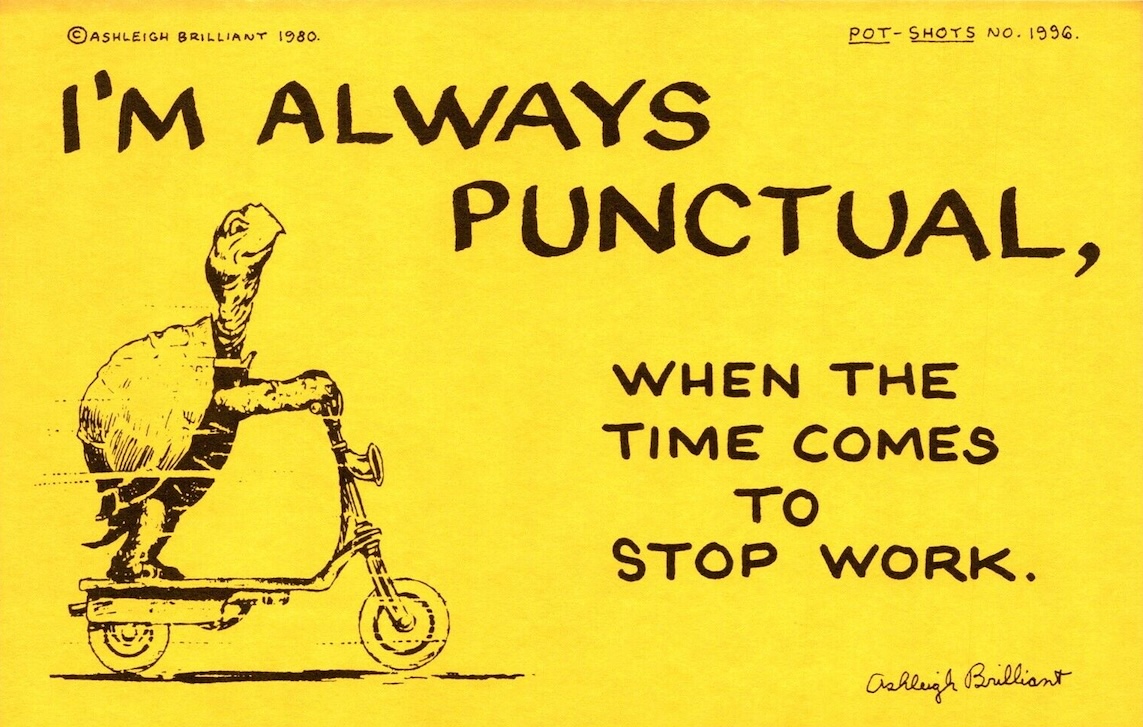Time Off

With more and more of our work now being done by machines, the question naturally arises, how are we to spend all that “leisure” time? One answer is “Recreation.” But what are we re-creating? According to the Old Testament account, which we call Genesis, the whole world was created by God in six days – and on the seventh, He rested.
But in our modern world, recreation consists of activity, rather than of rest. That activity often comes under the heading of “Sport and Games,” of which one usual element is competition. Team sports have become so popular that just the spectators often fill large arenas. This is a relatively recent phenomenon, since the Romans gave up their Chariot Races and their Gladiatorial Combat millennia ago. But today, apart from various amateur and professional pursuits, there is the vast field of what are known as “hobbies.”
What’s significant about many activities we consider hobbies today, such as camping, hiking, or fishing, is that they were once matters of survival. In order to have fun these days, we engage ourselves in what, for our ancestors, were compulsory lifestyles. Barely two centuries ago, the only means of travelling or load-hauling on land depended on animal-power. Most modern relationships with animals, outside of agriculture, feature hunting, taming and training. So, some of us now enjoy ourselves by reverting to a more primitive way of life.
But of course, many other hobbies – and you’ll find hundreds included in any standard list – have nothing to do with “Nature,” but relate to other aspects of our lives. One classification covers “Collecting,” and you may be surprised at how many different types of items different people collect. Probably the most widespread is the collection of postage stamps, or “Philately,” which I know a little about, having engaged in it as a teenager. I still have my album, in which I stuck the stamps, not with glue – which would inflict permanent damage – but with a special type of mounting known as a “hinge,” which you could buy packs of in stamp stores. These specialized shops catered to collectors, and in those days were not uncommon in the London suburb where I lived. You folded the hinge, and lightly moistened both parts, one which would adhere to the stamp without damaging it, and the other which held the stamp on the chosen page of your album.
Since used stamps actually had commercial value, depending on various factors including rarity, the dream of every collector was to somehow acquire a stamp whose value increased after you became its owner. (The values were published in special catalogs, which also provided illustrations.)
My own experience of this phenomenon may interest you. I hardly ever bought a stamp, but just once a dealer persuaded me to buy one because it might increase in value. This one, which was in “mint” condition, had been issued by the country now called Malawi. It depicted a soldier of the local militia – but the picture was very unflattering. And, in fact, the stamp was so unpopular that it had to be withdrawn from circulation and replaced with another design. The dealer said its value was therefore bound to go up. So, I paid the very small price he was asking and stuck it in my album. Soon after that, I stopped collecting, put the album away, and forgot about it. But I still remembered I had that one potentially valuable stamp.
About 60 years later, I discovered that the local Public Library had the current edition of the Scott Catalog of World Stamps. After all that time, this one stamp must surely be quite valuable. I quickly found the relevant page, which had an actual illustration. And what was my prized possession worth? The price shown was the very least amount they listed for any stamp.
How to explain this philatelic debacle? My theory is that the Postal Authority of the stamp-issuing country – the pre-Malawi Nyasaland – had indeed stopped selling the unpopular issue. But instead of destroying all those now-invalid stamps, they had simply sold them off to dealers.
The only other “collectible” item I actually sought for a time was matchbooks. That was an era before smoking went out of style. I never smoked tobacco, but those who did often needed “a light,” and many stores that sold cigarettes gave away the little cardboard match-packs, which did additional duty as an advertising medium.
Since then, my only collecting (unwillingly but inevitably) has been
of Years.






